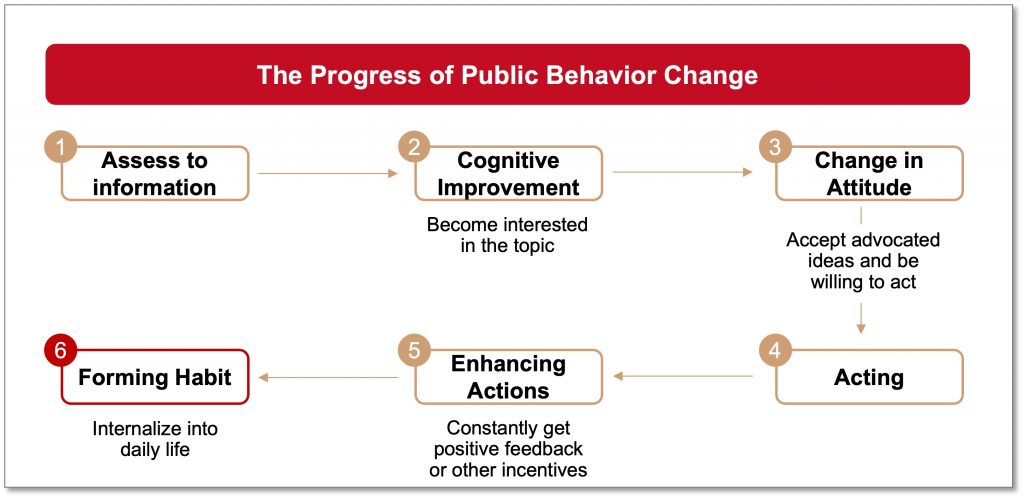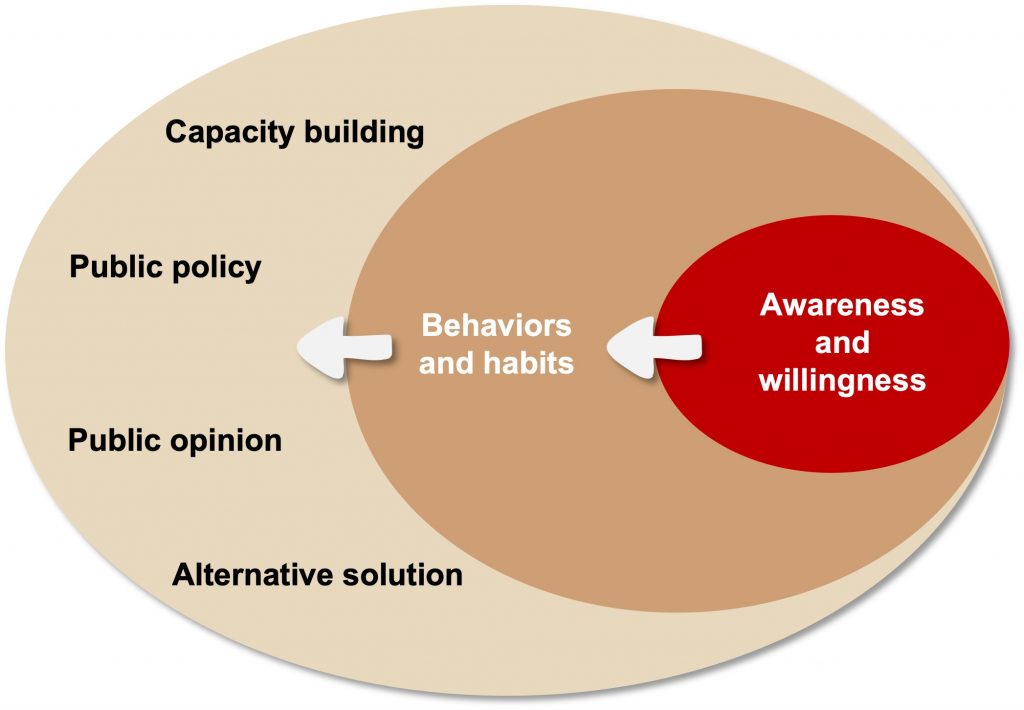VA Insight | What You Need to Know about Running an Effective Public Advocacy
Preface: September 20, 2021 marks the 33rd “National Dental Care Day” in China. On this day, local health committees, hospitals, NGOs, and companies actively make advocacy efforts to enhance the public’s understanding of oral health and the importance of developing good health habits. Therefore, VA would like to talk about public advocacy and how to maximize the possibility of success in advocacy activities, hoping to inspire organizations that conduct public advocacy.
Public advocacy is a set of deliberate attempts designed to acknowledge or influence the public over a period of time, usually using an organized set of communication activities and spreading through multiple channels. Public advocacy is one of the interventions adopted by NGOs to achieve their mission and goals.
Public advocacy activities can be broadly divided into two categories: one is to enhance awareness of the public, the other is to promote behavior change of the public.
As public behavior change generally takes place at a series of levels such as cognitive improvement, change of attitude or intention, and taking actions (as shown in the figure below), the influence of public advocacy projects or activities will also gradually deepen along with the progress.

To maximize the probability of success, public advocacy projects or activities should be designed with efforts on three aspects:
1. Research adequately and design scientific advocacy strategies, including pathways of actions, messages for public communication, and high-frequency intervention models
The “desired behavior change” must be broken down into a series of simple and progressive behaviors, such as providing positive feedback and showing demonstration, to promote the recurrence of these behaviors.
First of all, public advocacy projects or activities should be designed with clear and actionable pathways. Next, attractive communication messages such as slogans and news should be devised based on the pathways. Lastly, long-term intervention models should be designed by taking into consideration the scenes and channels with a high frequency of access to the target groups.
2. Integrating public advocacy activities with relevant activities of other projects such as research and policy advocacy to create synergies and mutual benefits among projects
The change of public behavior is inseparable from the construction of a supportive environment, including scientific knowledge, policy environment, and so on. Therefore, in addition to public advocacy, some civil-society organizations also carry out other activities such as research, policy advocacy, and capacity building to achieve the same goal. Public advocacy can be organically integrated with these related activities to jointly promote the solution of social issues through different means.
3. Setting evaluation priorities and necessary preparations to assess public advocacy’s actual effect and impact
Generally, evaluation of public advocacy activities should mainly focus on three aspects: changes in awareness and willingness, changes in behaviors and habits, and improvement in support conditions (as shown in the figure below).意

Changes in awareness and willingness: the changes in public awareness can be measured by assessing the public understanding of social issues, correct knowledge related to the issue, and the importance of solving the issue. Evaluating the change in willingness should focus on measuring the extent to which the public is willing to take the action being advocated.
Changes in behaviors and habits: this can be measured from the following aspects: whether the target groups adopt the advocated behavior after participating in or knowing the advocacy activities and the frequency of such behaviors; whether the target groups are influenced by the advocacy activities and become supporters or participants.
Improvement in supporting conditions: an influential public advocacy project or activity may attract the attention of the media, government and company, and even influence them to take action, which in turn can become favorable supporting conditions to boost public awareness and behavior change, forming the flywheel effect.
In summary, public advocacy is a complex process, and it is critical to well design the advocacy project by building a reasonable linkage between the “advocacy activities” and the target group’s “behavior change”, and meanwhile conduct monitoring and evaluation to make timely adjustments and optimization of the project during the implementation process.
